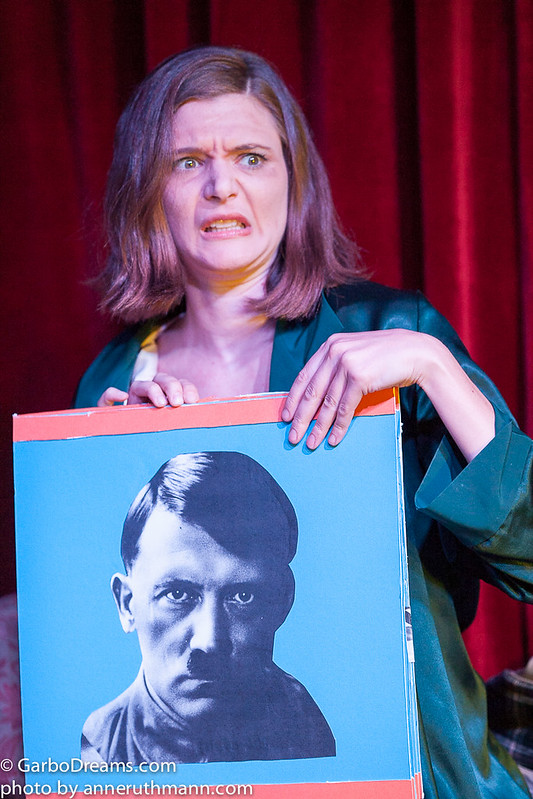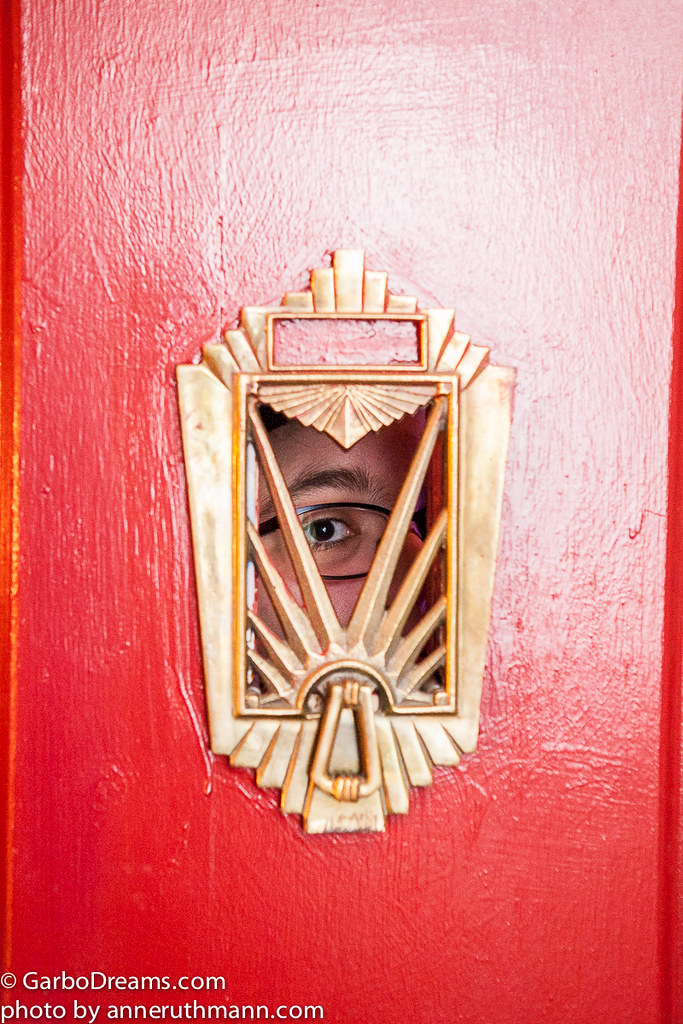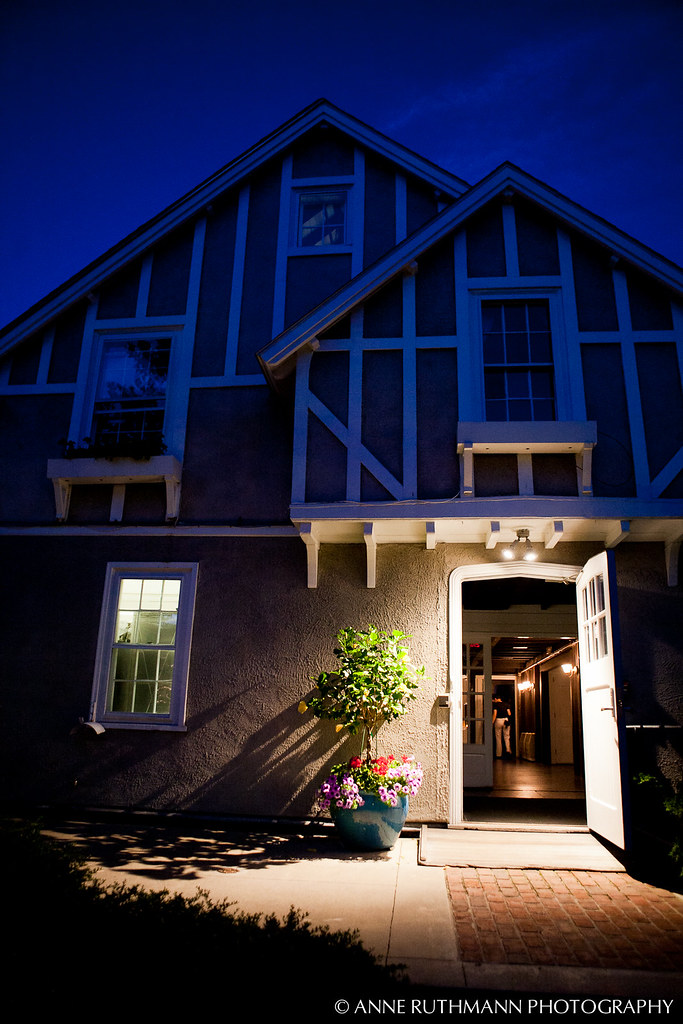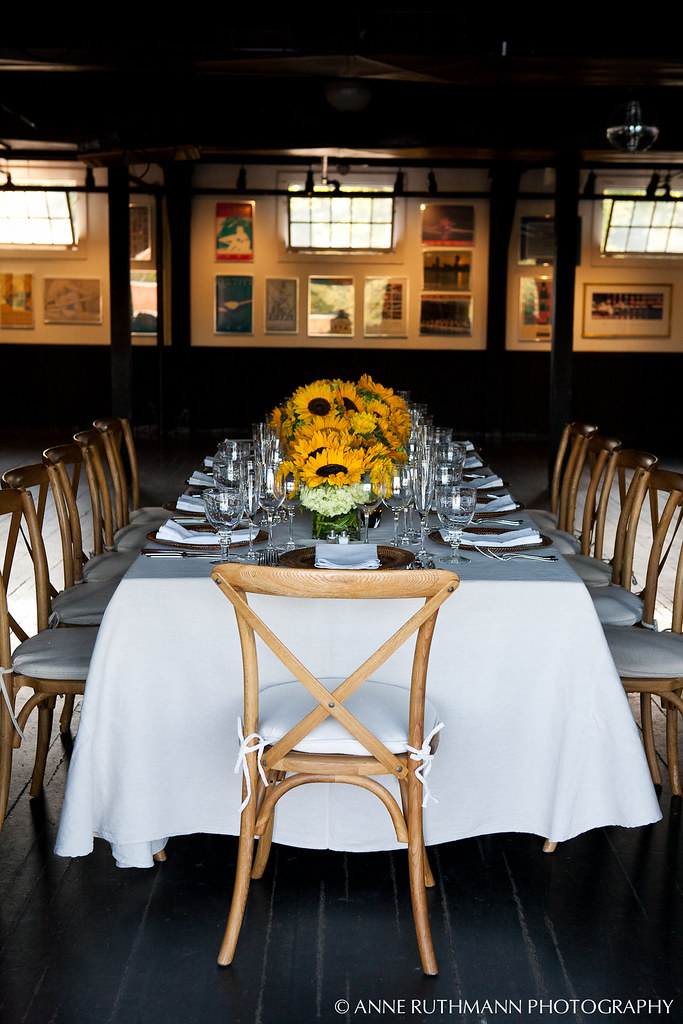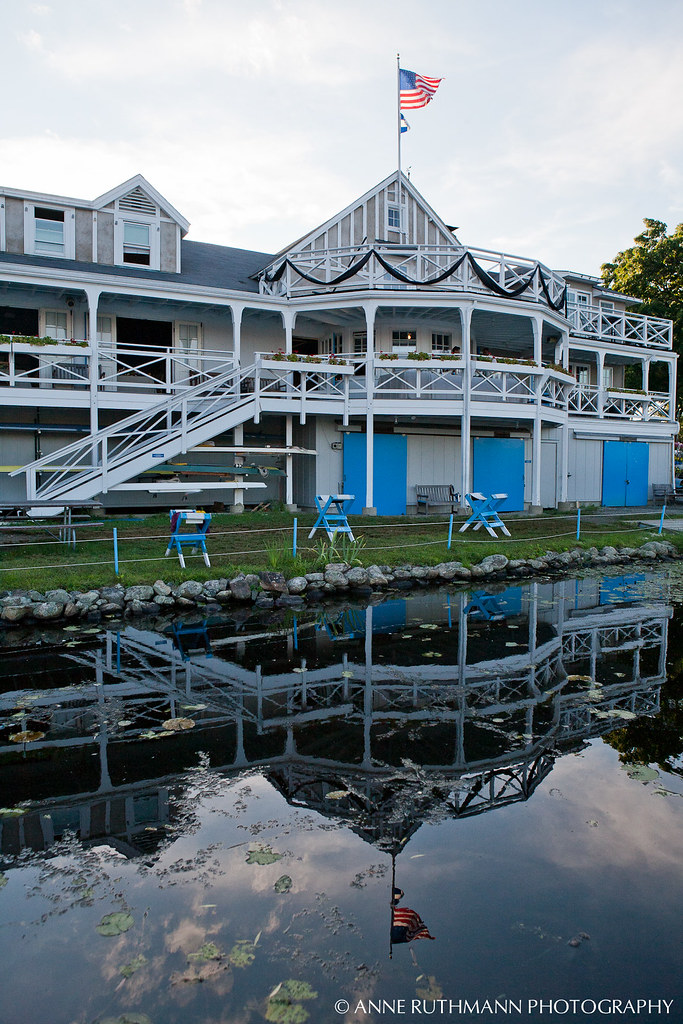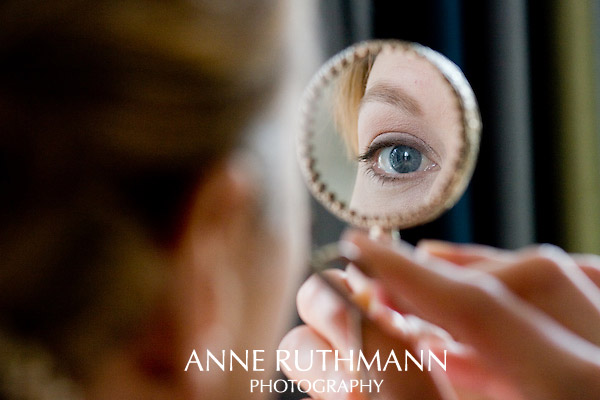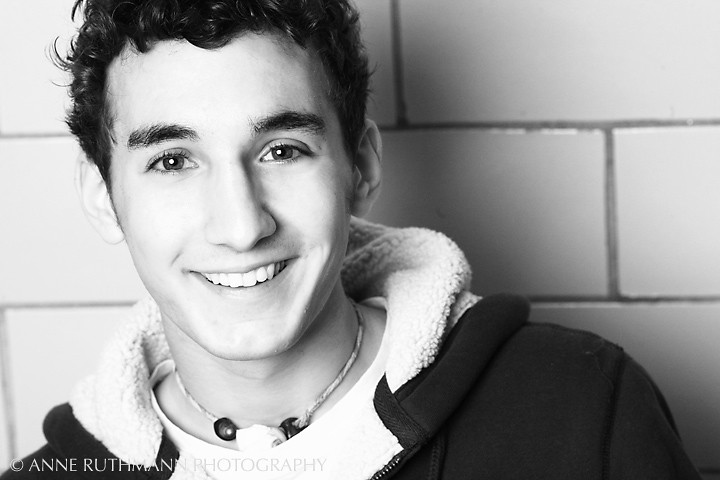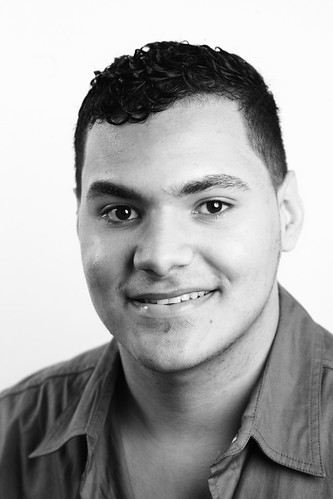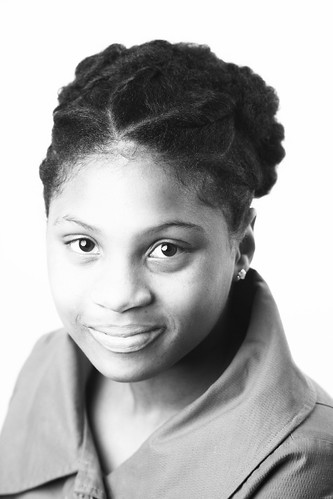
If I could only do one posed photo during a wedding, I'd want it to be a large group shot of all the guests. After all, celebrating with the friends and family who love and support your marriage is the whole reason for having a wedding and not just running to city hall for a marriage license! That being said, a large group shot of all the guests is often one of the most challenging images to create on the wedding day without turning it into a huge production- but after doing it for so many of my wedding couples, I can definitely say that there are several ways to make it easier and low-stress for everyone involved.
1. Decide on a Time & Location When Guests Are Already Gathered Together
Often, the most ideal time is immediately after the ceremony has ended, but before people have started to leave. While I have done arrangements during the reception that involved everyone crowding on the dance floor, or going outside to get a shot from a balcony, by far the most convenient arrangement is getting people right after the ceremony.
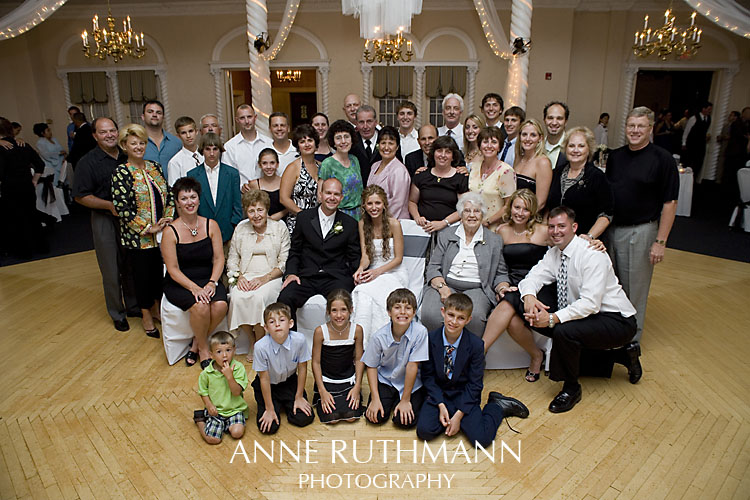 2. Find a High Point To Shoot From, Tiered Steps, or a Natural Slope for Gathering Guests
2. Find a High Point To Shoot From, Tiered Steps, or a Natural Slope for Gathering Guests
The absolute easiest arrangement is shooting from a balcony at the back of a church or hotel ballroom and simply asking the guests to turn around and look up at the photographer. The second easiest option is asking guests to file out onto the steps of a natural exit point from the ceremony. The most chaotic, but possible in a pinch, is asking guests to move to a completely different location together where there's a natural slope in a hill, or where the photographer can get a higher vantage point with a ladder over flat ground. The more traveling and set-up involved means additional time for chaos to ensue before the image can be created, and the more chaotic it gets, the harder it is to rein it back in.
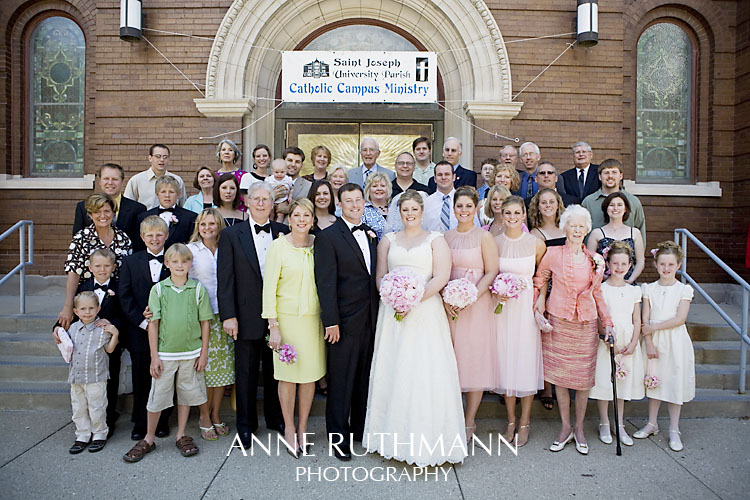 3. Decide How It Will Be Lit
3. Decide How It Will Be Lit
Lighting is often figured out after the location is selected because we have more viable lighting options than we do location options. However, in the case of an outdoor image, you need to be aware of any surrounding trees that might create dappled light and whether the guests could be looking into the sun or if they'll be in full shade. If the set-up is indoors, is there a ceiling that a flash can be bounced off of to help spread a small flash? Is the room lighting sufficient, or can it be turned all the way up by a lighting tech person after the ceremony has finished to help with the group shot? Will any additional lights need to be set up in advance to cover the crowd? A professional photographer will know and understand how to light this group shot in advance.
4. Prepare Guests With An Announcement Before It Happens
While an announcement in your wedding program is a nice way to prepare guests for this super awesome group shot, it's best if the wedding officiant can make an announcement with basic instructions about what to do before the couple actually walks down the aisle at the end of the ceremony.
 5. Get Important People In Front
5. Get Important People In Front
The couple, the wedding party, and the immediate family should all be in the front row of the image so that they take center stage in the image and don't get lost in the large crowd of guests. This is often facilitated by simply having the couple, wedding party, and family members exit at the end of the ceremony as they normally would, and then return to the room at the back or file at the front of the steps with room for people to fill in behind them.
6. Check for Hidden Faces
Some people assume that if they can see the photographer with one eye, the photographer can see their whole face. That might work for peek-a-boo, but not for this group shot. Short people hidden in back rows or behind taller people can either easily be asked to move to the outside edge of the very same row, or to the front with little hassle to the rest of the crowd. If you have time and space to ask tall people to move to the back, that's another quick and effective way to sort the crowd since most of those people know who they are and have been moving to the back row since middle-school (I'm a back-row regular myself.)
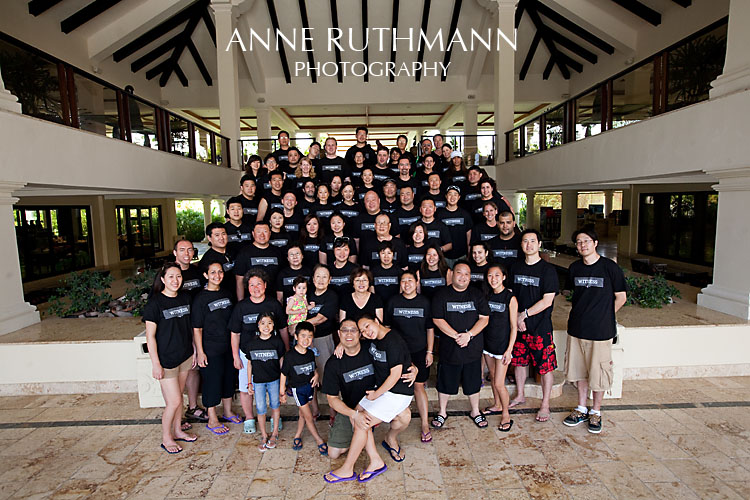
7. Encourage Everyone to Move In Closer Together
Our natural tendency is to have some personal space around us, but that makes for very sloppy looking group photos, especially when it's such a large group of people. I've found that by asking guests to give the couple a group hug by getting as close as possible to their neighbor, reminding them that everyone is friends and family here, they become a little more willing to relax their personal space barriers and guards against being shoulder to shoulder with other people.
8. Count Down but Shoot On Every Count
A count down (3...2...1...) is nice for people who are sensitive to light, people who have a tendency to blink a lot, or just for letting people know that you actually need them to pay attention. However, one of my secret moves is that I actually start shooting on 2 and I keep shooting after the final count. It's best to prepare guests in advance by telling them that you're going to take multiple attempts at the group so that they don't start to disperse after just one count down. Two or three count downs are generally all that's needed if multiple images are snapped during each count down. Another body language clue to keep in mind and help the crowd understand that you're not done yet is keeping the camera up to your face rather than bringing it down to preview the shot.
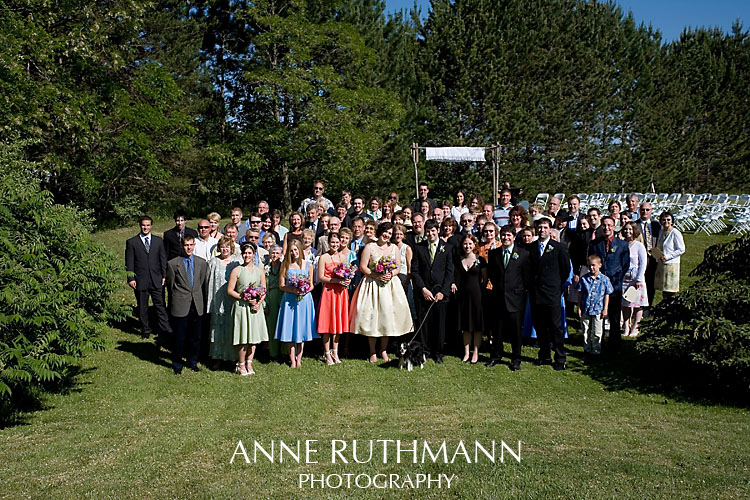 9. Remember that Perfection is Impossible
9. Remember that Perfection is Impossible
There is nothing perfect about humanity, and when you put a large group of humans together, you're going to get a lot of imperfection. You may take over 20 images of that large group and every single one will have something wrong with it regarding a person who isn't looking at the camera, someone important who blinked, or that awkward moment when someone opened their mouth to say something to the person next to them. While there is PhotoShop when absolutely necessary, only so much swapping of heads, mouths, and eyes can be reasonably expected before you end up with a group of people who look like science experiments. It's better to simply allow for a certain amount of imperfection and reality, rather than expecting something that isn't humanly possible.
Quick Summary of Tips:
Organizing:
- Decide how many rows of people you’ll have
- Decide how many people that places in each row (estimate 2ft for each person)
- Decide how you’ll be elevated or they’ll be stacked or standing/kneeling/sitting to see all faces
- Decide what kind of pose is most appropriate based on the use of the photo (for example, don’t have professionals in dresses sitting on the ground, but families in casual or sport clothing may be OK)
- Decide who needs to appear in the front row or most visible row for priority reasons
- Decide how you’ll get tall people to the back and short people to the front
- Make sure the group won’t be looking into the sun, or you’ll get squinty eyes
- Some people may have transition lenses that look like sunglasses, talk about this with the client in advance and find out how they feel about not people looking like they’re wearing sunglasses
- Confirm the details of the group shot with any coordinators or organizers for the day so they can help
- Speak loudly and remind everyone to look at you
Technical:
- Make sure your aperture is at least F/8 and focused in the second row of people
- Make sure your shutter is at least 1/80th or faster of a second to avoid blur from movement
- 24mm Lens should be enough lens width if you have enough room, if you were in a small room or space you’d go wider, if you were shooting from a field into grandstands, you'd go tighter
- Take a ridiculous number of frames
- Count down between shots but keep shooting in between counts
Did you appreciate these tips? Do you have any other questions? Let me know by
leaving a comment!











